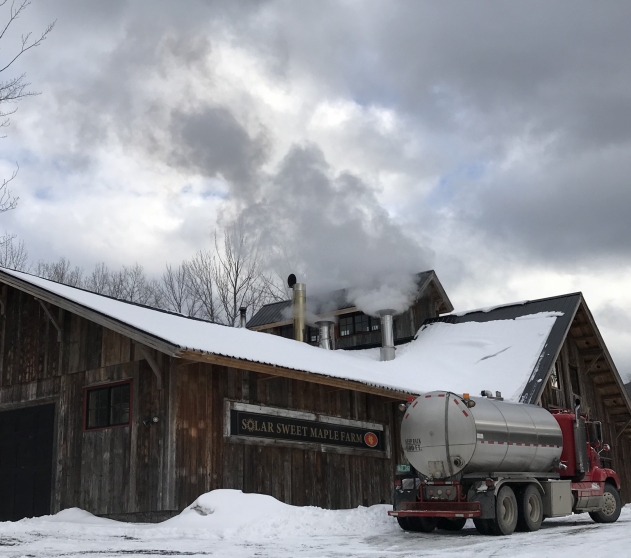Maple Sugaring History
Maple sugaring is a deeply rooted farming tradition that has made Vermont the leading maple syrup producer in the United States. According to the USDA, Vermont produced a total of 2.07 million gallons of maple syrup in 2019! Maple sugaring is an age-old process that was discovered by the Native Americans hundreds of years ago and taught to the settlers that followed.
In early years Vermont’s agricultural farmers began sugaring as a way of supplementing their income during the winter months. In Vermont, the February school break was derived from the farmer’s need to have their children help tap the trees and get ready for the sugaring season. During these times, buckets were hung from the trees and gathered with horse drawn sleds with big wooden holding tanks to dump the sap into. Days would be spent feeding the evaporator and boiling the sap into maple syrup. Nowadays, modernization has made sugaring more efficient with the use of tubing, vacuum pumps, Reverse Osmosis machines and state of the art evaporators.
Maple sugaring has evolved into an industrious commodity with its many uses and nutritional qualities. Each sugar house and farm is unique in various way. The maple sugaring community is tight-knit and welcoming of all who visit. There is a solid consistency between each and every maple sugaring operation and that is – its deeply rooted in family tradition and whether using buckets to gather sap the “old traditional” way or by using tubing and modern technology – it remains HARD WORK!



